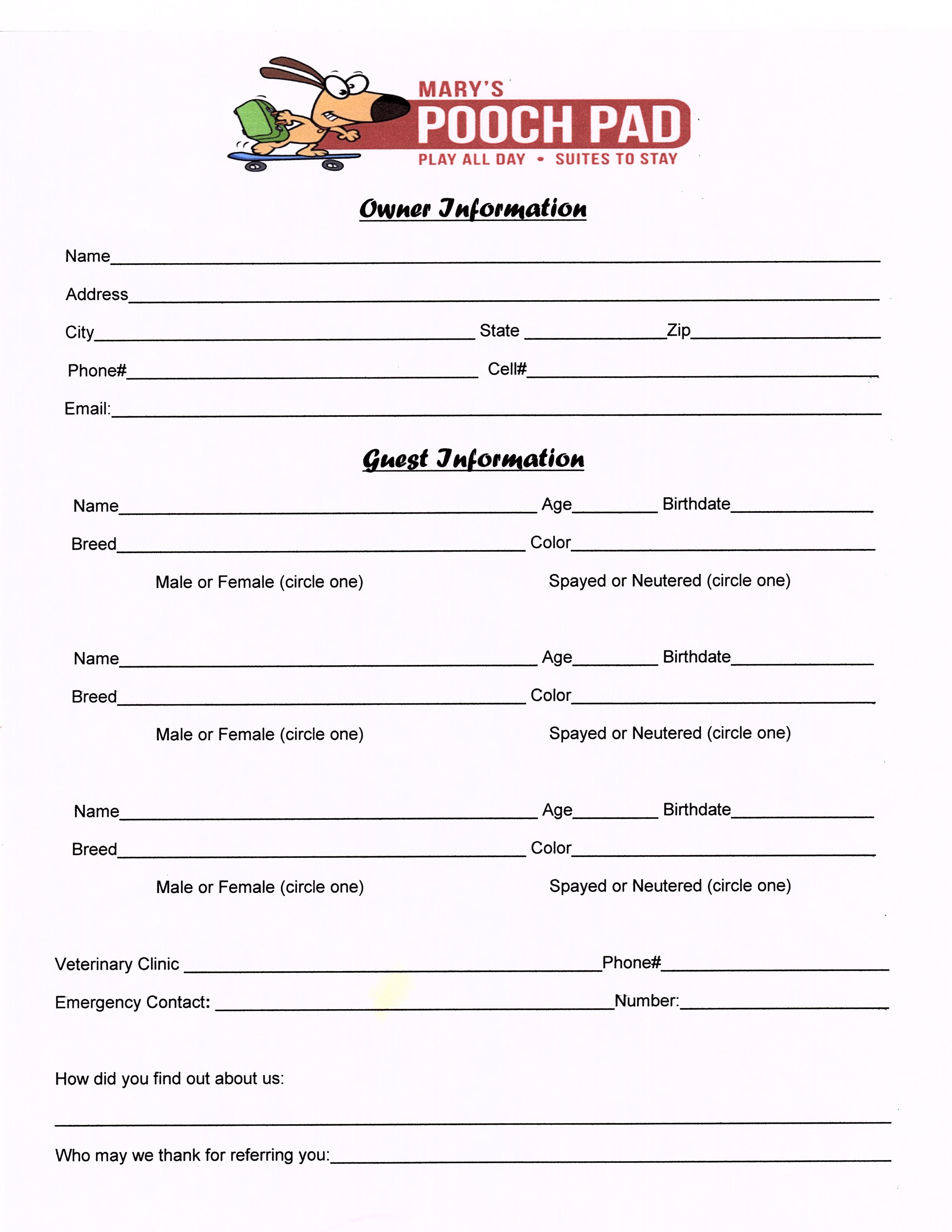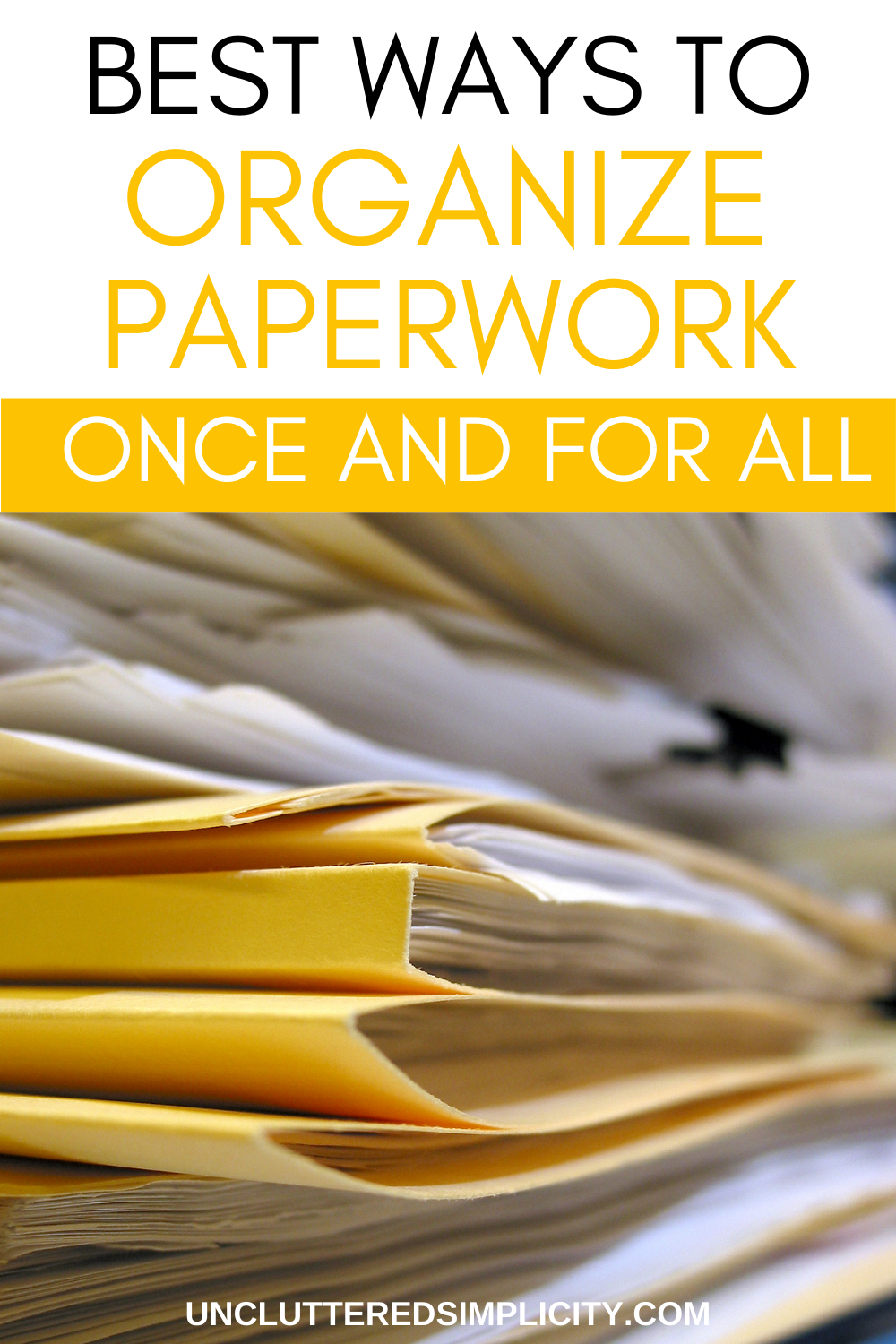5 Proven Steps to Sort Paperwork Quickly and Efficiently

Have you ever felt overwhelmed by the pile of paper on your desk, from bills and invoices to important documents that need sorting? If so, you're not alone. Managing and sorting paperwork can be a daunting task, but with the right approach, it can be transformed into a manageable, even enjoyable, part of your daily routine. In this comprehensive guide, we'll explore five proven steps to sort your paperwork quickly and efficiently. Let's dive in and turn chaos into clarity.
1. Categorize Your Documents

The first step in sorting your paperwork is categorization. Creating clear categories allows for easier management and retrieval. Here’s how:
- Financial Documents: Include bills, receipts, bank statements, tax documents, etc.
- Personal Documents: Birth certificates, passports, medical records, etc.
- Work-Related: Work-related documents, contracts, project files, etc.
- Legal Papers: Wills, leases, insurance policies, etc.
- Miscellaneous: Invitations, old correspondence, etc.
💡 Note: Make sure your categories are relevant to your personal or professional life; they can be as specific or general as needed.
2. Prepare Your Workspace

Sort through your documents in an environment that promotes efficiency. Here are some tips:
- Set up a clear workspace with ample lighting.
- Have a shredder, recycling bin, and a designated spot for each category of document.
- Ensure you have enough space to spread out and categorize documents without clutter.
3. Sift, Sort, and Streamline

This step involves the actual sorting of your documents:
- Sift: Go through your documents pile, deciding what to keep and what to shred or recycle.
- Sort: Place each document into the appropriate category. Use colored folders or labels if necessary for visual clarity.
- Streamline: Make decisions about document retention. Use the ‘touch once’ rule to minimize handling each document multiple times.
⚠️ Note: Be cautious with shredding or discarding documents. Some need to be kept for legal or tax purposes.
4. Utilize Technology

Technology can be your greatest ally in keeping your paperwork sorted:
- Scanners and Apps: Use document scanners or apps to digitize important documents, reducing physical clutter.
- Cloud Storage: Services like Google Drive or Dropbox allow secure storage and easy access to your digital documents.
- Paperless Billing: Opt for e-statements and online invoices where possible to cut down on paper accumulation.
📊 Note: While going paperless is ideal, ensure that digital backups are regularly made to avoid data loss.
5. Maintain Your System

The key to an efficient paperwork sorting system is regular maintenance:
- Schedule weekly or bi-weekly sorting sessions to prevent pile-ups.
- Keep your categories updated, merging or splitting them as your life changes.
- Utilize reminders or calendar events to manage recurring documents like bills or policy renewals.
In summary, mastering the art of sorting paperwork is not just about efficiency but about creating a system that ensures you can find what you need when you need it. By categorizing, preparing a conducive workspace, actively sorting, embracing technology, and maintaining your system, you can quickly sort through even the most daunting pile of documents. Not only will this method save you time, but it will also reduce stress, allowing you to focus more on what truly matters in your life or work.
How often should I sort my paperwork?

+
It’s best to sort your paperwork at least weekly to manage the inflow of new documents and prevent overwhelming accumulation.
What should I do with documents I’m unsure about keeping?

+
If in doubt, store the document in a temporary category for a set period (e.g., 6 months) and reassess its importance later.
How can I keep my documents secure when going digital?

+
Use strong encryption, password protection, and regularly backup your digital files to cloud storage or external hard drives for added security.